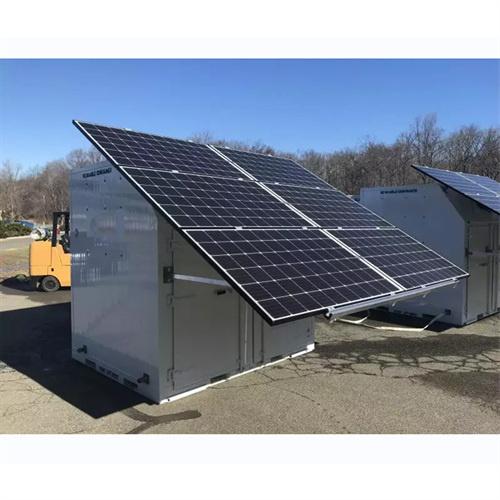About 14th five-year plan energy storage policy
By July 2022, the Chinese energy authorities have issued three major policies for the 14th Five-Year (2021-2025) and mid- to long-term (2035) development of the energy storage sector including pumped-hydro storage, new-type storage and hydrogen energy.
As the photovoltaic (PV) industry continues to evolve, advancements in 14th five-year plan energy storage policy have become critical to optimizing the utilization of renewable energy sources. From innovative battery technologies to intelligent energy management systems, these solutions are transforming the way we store and distribute solar-generated electricity.
When you're looking for the latest and most efficient 14th five-year plan energy storage policy for your PV project, our website offers a comprehensive selection of cutting-edge products designed to meet your specific requirements. Whether you're a renewable energy developer, utility company, or commercial enterprise looking to reduce your carbon footprint, we have the solutions to help you harness the full potential of solar energy.
By interacting with our online customer service, you'll gain a deep understanding of the various 14th five-year plan energy storage policy featured in our extensive catalog, such as high-efficiency storage batteries and intelligent energy management systems, and how they work together to provide a stable and reliable power supply for your PV projects.
Related Contents
- Energy storage 14th five-year plan development
- Tripoli 14th five-year plan energy storage
- Energy storage technology 14th five-year plan
- National 14th five-year plan energy storage
- Energy storage business layout plan
- New energy storage project development plan
- Energy storage product evaluation plan template
- Energy storage system research and design plan
- Energy storage power station fire drill plan
- Energy storage power station disposal plan
- Nicosia energy storage investment plan
- Energy storage field salary survey plan


